
|
|
|
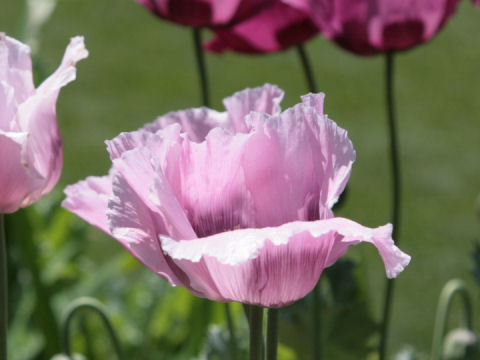 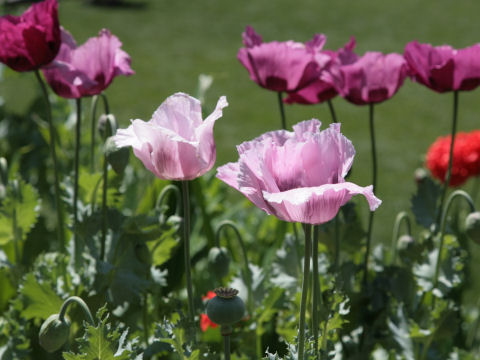 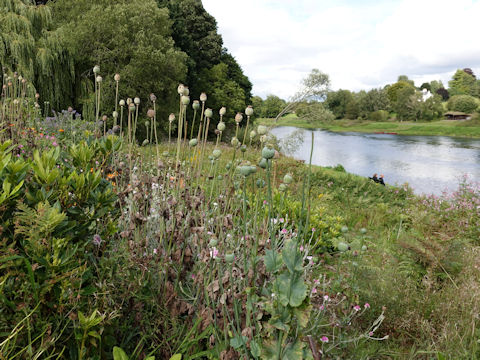 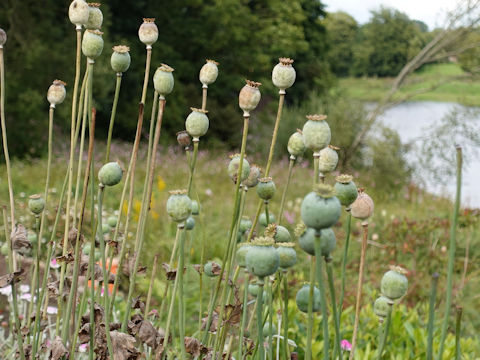 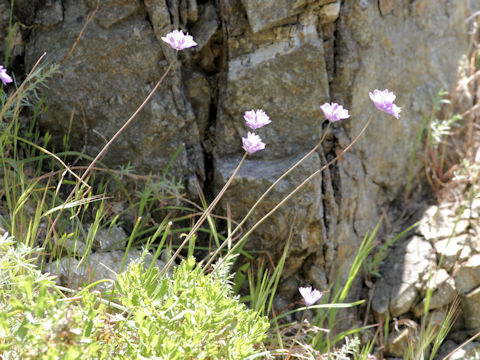 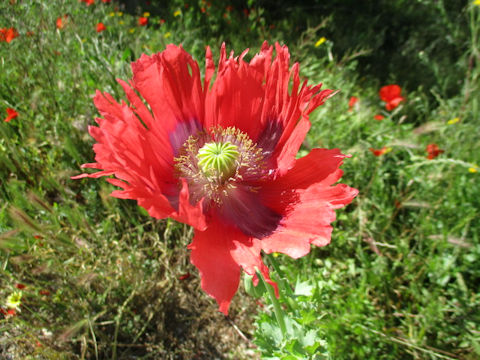 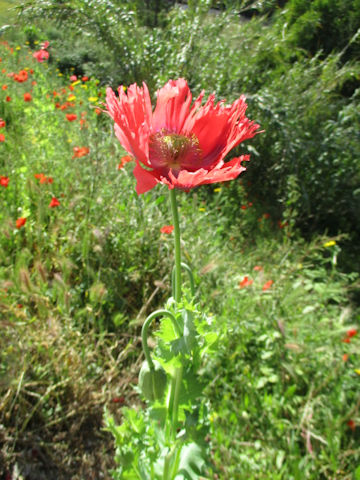 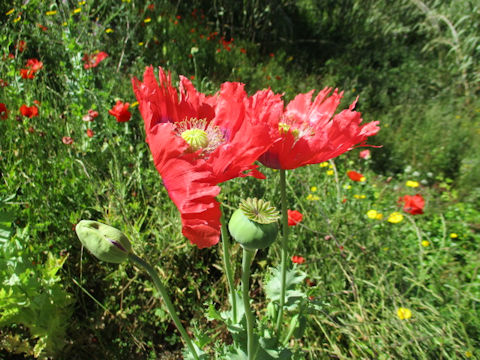 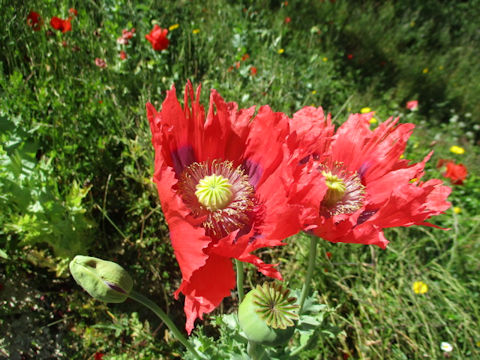 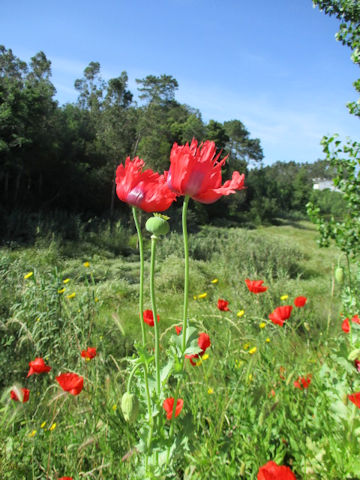 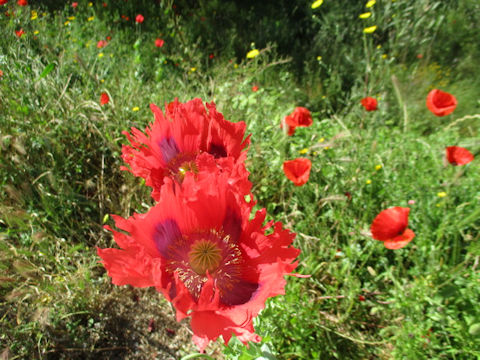 |
|
|
|
地中海東部沿岸から小アジアが原産です。わが国へは室町時代に渡来しています。茎は直立して、高さが1〜2メートルになります。全体に無毛です。葉は灰緑色の長楕円形から長卵形で互生し、縁には不規則な欠刻があり波打ちます。また基部では茎を抱きます。5月ごろ、花茎の先に白色から紅色、紫色などの4弁花を咲かせます。若い果実からは阿片(あへん)の原料が採取され、種子は食用になります。さまざまな園芸品種も作出されていますが、わが国での一般の栽培は禁止されています。 (追憶:今から60年以上、子供のころにこの「けし」が数株、畑に生えていた。この花の色が好きで、大事に育てていたけれど、あるとき保健所の職員が来て、無残にも抜き去っていった。それでも果実をいくつか残していたので、後で種子を蒔いたが、未熟果だったのか発芽しなかった。) |
|
|
ケシ科ケシ属の二年草で、学名は Papaver somniferum。英名は Opium poppy、Breadseed poppy、Lettuce leaf poppy。 |
|
|
The Opium poppy (Papaver somniferum) belongs to Papaveraceae (the Poppy family). It is a biennial herb that is native from the eastern Mediterranean coast to Asia Minor. It was introduced to Japan during the Muromachi period (1333-1573). The stems are erect and reach 1-2 m in height. The entire plant is hairless. The leaves are gray-green, oblong to long ovate, alternate, and wavy with irregularly notched margins. Around May, four-petaled white to reddish-purple flowers bloom at the end of the enfolded stem. The young fruits are used to make opium, and the seeds are edible. Various garden varieties have been produced, but general cultivation in Japan is prohibited. (recollection: More than 60 years ago, when I was a child, several plants of this "poppy" were growing in a field. I loved the color of the flowers and took good care of them, but one day a public health official came and cruelly pulled them out. Still, some fruit remained, so I later sowed seeds, but they did not germinate, probably because the fruit was unripe.) |
|
|
[上・中1] アメリカ・テキサス州ダラス市「ダラス植物園」にて、2006年04月14日撮影。(photo by Jon Suehiro) [中2・中3] イギリス・スコットランド・キンクレーブン「バラタイハウスホテル」にて、2023年08月13日撮影。(photo by Jon Suehiro) [中4] アメリカ・カリフォルニア州「ジュリアファイファー州立公園」にて、2004年04月13日撮影。(photo by Jon Suehiro) [中5・中6] ポルトガル・セントロ地方レイリア市にて、2024年05月23日撮影。(photo by Yumi Gunji) [中7・中8] 同上にて、2024年05月25日撮影。(photo by Yumi Gunji) [中9・下] 同上にて、2024年05月27日撮影。(photo by Yumi Gunji) |

|
|
Shu Suehiro |